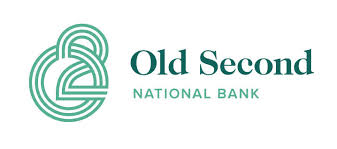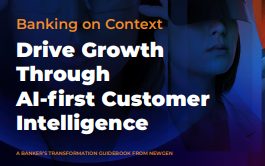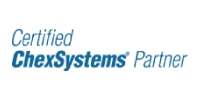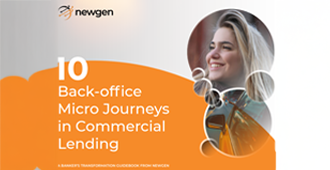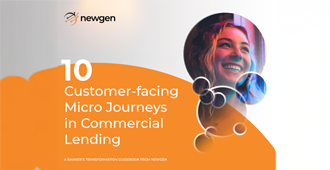| Alternate Term |
Also known as Corporate or Wholesale Lending |
Also known as Consumer or Personal Lending |
| Borrowing Entity |
Business enterprise engaged in manufacturing, trade or services |
Individual – in personal capacity |
| Purpose |
Finance a commercial transaction, fulfil business needs, enhance production scale, and increase trade volume |
For personal use and consumption, enhancing the ability to spend and acquire personal assets |
| Product Type |
Tailormade and not template based products |
Mostly schematic, template-driven, and off the shelf products |
| Exposure Level |
Exposure levels are large but with low volumes |
Exposure levels are small but with higher volumes |
| Tenor of Facilities |
Longer tenor |
Shorter tenor |
| Loan Type |
Mostly backed by securities |
Can be both secured and unsecured |
| Turnaround Time |
Higher TAT in loan processing |
Lower TAT in loan processing |
| Credit Worthiness |
The worthiness of both the business and the promotor, along with the guarantor is analyzed |
Only the worthiness of the individual borrower is assessed along with guarantors |
| Credit Analysis |
Complex Financial Statement Analysis |
Simplified Income and Expense calculations |
| Loan Repayment Viability |
Viability is examined on the basis of the cash flow generation ability of assets |
Easy eligibility calculation on the basis of the income of the borrower over a period of time |
| Credit Risk |
Advanced risk rating models |
Easy scorecards |
| Industry Impact |
Entails a detailed industry analysis |
The industry impact is minimal |
| Collaterals |
Involves multiple collaterals under sharing arrangement which leads to complex security structures |
Usually, involves fewer collaterals on exclusive basis with simple LTV calculations |
| Group Exposure |
Group exposures on associate firms needs critical examination |
Group exposure has a lower relevance since the size is small |
| Number of lenders involved |
Multiple lenders are involved and hence an evaluation of financing from the entire banking system is examined |
A single need is mostly fulfilled by a single lender and hence the evaluation is straightforward |
| Automation Level |
Difficult to achieve 100% automation due to the various third-party assessments involved |
Simple processes can be completely automated and straight-through, without any manual intervention |
| Approving authority |
Usually committee based and placed at higher levels |
Usually lies at lower levels and with individual officers |
| Documentation |
Voluminous both in case of inward and outward |
Less bulky both in the case of inward and outward |
| Risk Factor |
Higher concentration risk from the bank’s perspective |
Higher concentration risk from the bank’s perspective |
| Examples |
OD, CC, Term Loans, Project Finance, Bill Discounting, LC, BG, LRD, etc. |
HL, LAP, Auto Loans, PL, CC, etc. |




